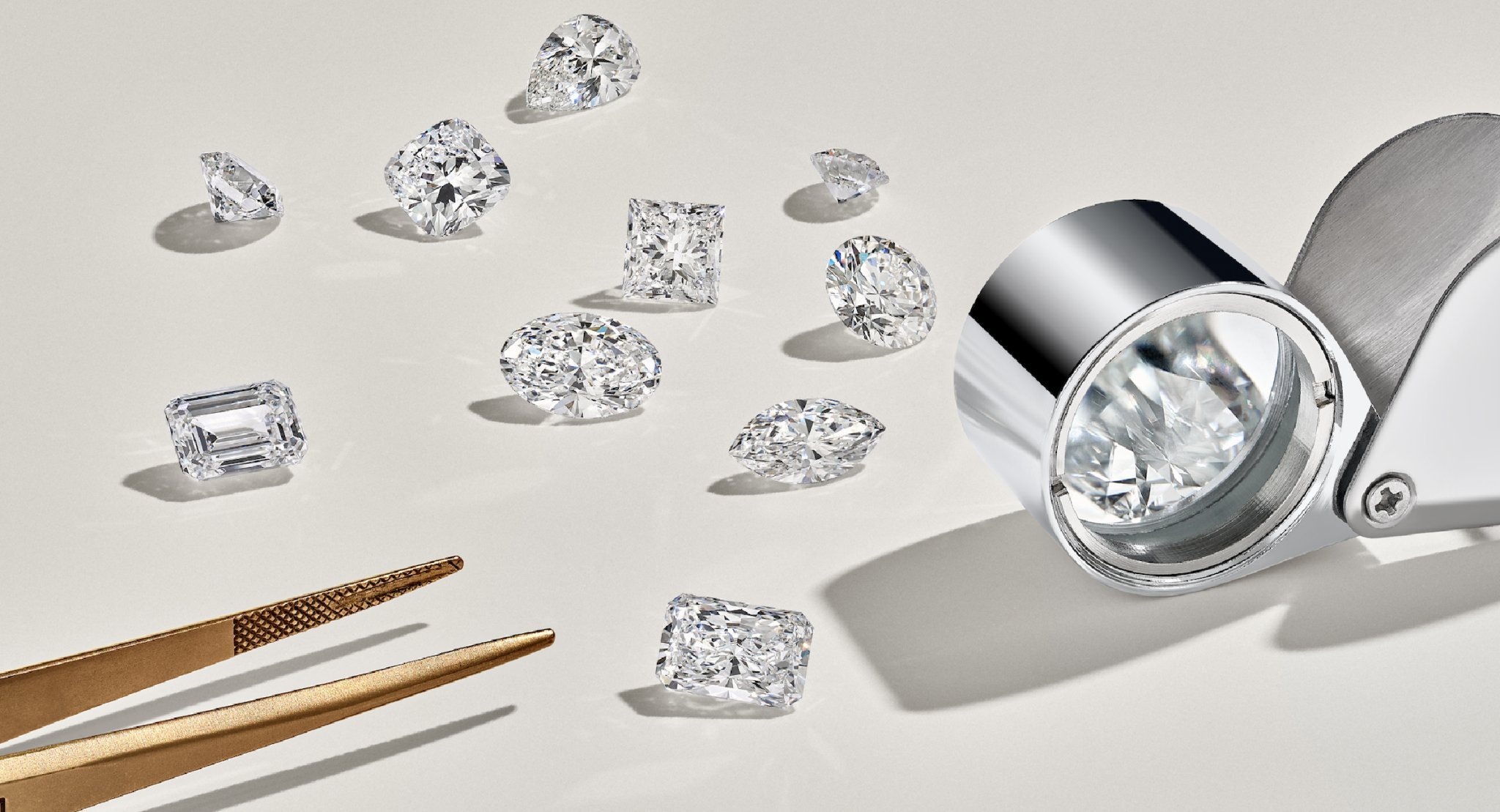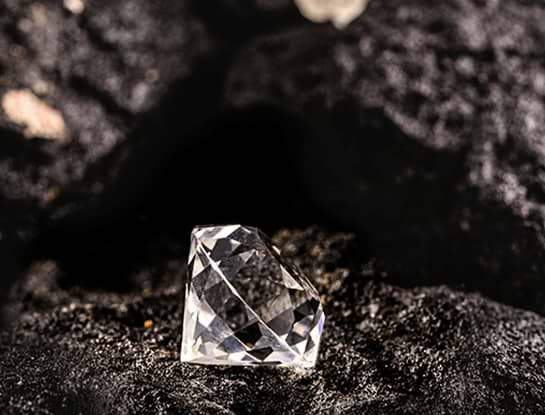 Posted On
Posted On
The 4Cs of Lab Grown Diamonds: Understanding the Essential Elements
 Posted On
Posted On
Lab grown diamonds, also known as synthetic or man-made diamonds, are a popular choice for those looking for ethical, eco-friendly, and cost-effective alternatives to mined diamonds. These diamonds share the same physical, chemical, and optical properties as natural diamonds but are created in a controlled laboratory environment. Understanding the 4Cs of lab grown diamonds is essential for making an informed purchase. In this article, we will explore the 4Cs lab grown diamonds, and carat weight—and explain how they apply to lab grown diamonds.
Table of Contents
The Importance of Cut in Lab Grown Diamonds
The cut of a diamond is arguably the most important factor when assessing its beauty and overall value. The cut refers to how well a diamond has been shaped and faceted, which directly affects its brilliance and sparkle. In lab grown diamonds, the cut is just as crucial as in natural diamonds. A well-cut lab grown diamond will reflect light beautifully, creating a stunning visual appeal.
Lab grown diamonds are often cut with precision, as they are grown under controlled conditions that allow for consistency in the crystal structure. Whether you’re looking for a round brilliant, princess cut, or emerald cut, the cut will significantly impact the diamond’s aesthetic. When considering lab grown diamonds, pay attention to the cut quality to ensure that it maximizes the diamond’s brilliance and fire.
Understanding the Color of Lab Grown Diamonds
The color of a diamond is another critical factor in determining its quality and value. In both natural and lab grown diamonds, the Gemological Institute of America (GIA) uses a scale from D (colorless) to Z (light yellow or brown) to grade diamonds based on their color. Lab grown diamonds can also fall within this grading scale, with D being the most colorless and rare, and Z being more noticeable in color.
While lab grown diamonds are created in a laboratory, their color characteristics are similar to those of mined diamonds. Advances in technology allow for the creation of colorless and near-colorless diamonds, offering a wide range of options for buyers. If you’re aiming for a diamond with minimal color, it’s essential to look for a lab grown diamond that falls within the D-F range for the most pristine appearance.
Clarity in Lab Grown Diamonds: What You Should Know
Clarity refers to the presence of internal or external imperfections, also known as inclusions and blemishes, within a diamond. The clarity of a diamond plays a significant role in its overall appearance and value. While natural diamonds may contain inclusions that are formed over millions of years, lab grown diamonds often have fewer or different types of inclusions due to the controlled environment in which they are created.
Lab grown diamonds are usually graded for clarity using the same system as natural diamonds, which ranges from Flawless (FL) to Included (I1, I2, I3). Many lab grown diamonds fall into the higher clarity categories, offering a more visually perfect appearance. It’s worth noting that, despite the advancements in technology, some lab grown diamonds may still exhibit minor inclusions, but these are often not visible to the naked eye. Therefore, focusing on clarity ensures that you choose a diamond that is both beautiful and visually appealing.
Carat Weight: Size Matters for Lab Grown Diamonds
Carat weight refers to the size of the diamond, and it’s one of the most straightforward attributes when buying any type of diamond. While the other Cs—cut, color, and clarity—are more nuanced in terms of their effect on appearance, carat weight simply tells you how much the diamond weighs. lab made diamonds are available in a wide range of carat weights, just like natural diamonds, and you can find a size that suits your preferences and budget.
When shopping for lab grown diamonds, it’s essential to understand that carat weight directly affects the price. Larger diamonds generally cost more due to their rarity and demand. However, because lab grown diamonds are less expensive to produce than mined diamonds, you can often get a larger, higher-quality stone for a lower price. Whether you prefer a smaller diamond or a more substantial carat weight, the beauty of lab grown diamonds is that you can customize the size without compromising on the other Cs.
Conclusion: The Value of Understanding the 4Cs for Lab Grown Diamonds
When considering a lab grown diamond, understanding the 4Cs—cut, color, clarity, and carat weight—is crucial to making a well-informed purchase. Each of these factors influences the appearance and value of the diamond, and by knowing what to look for, you can find the perfect lab grown diamond to suit your needs and preferences. Whether you’re buying an engagement ring or another piece of jewelry, keeping these 4Cs in mind will ensure that you make the best choice.
The rise of lab grown diamonds offers consumers a sustainable and affordable alternative to traditional diamonds. As technology continues to improve, the quality and variety of lab grown diamonds will only get better. So, when purchasing a lab grown diamond, make sure you’re familiar with the 4Cs to find a beautiful, high-quality diamond that fits your style and budget.









